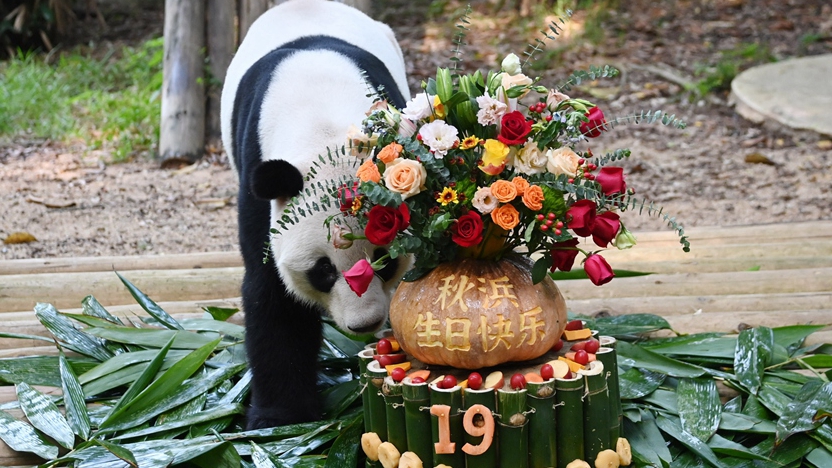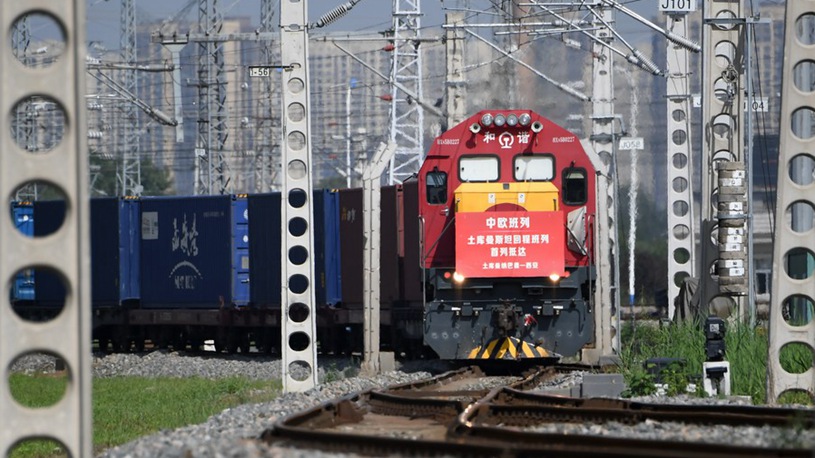Experts: Major regions to keep trade resilient in H2

Export-bound cars line up in Yantai Port, Shandong province. [TANG KE/FOR CHINA DAILY]
Stress on policy implementation seen boosting imports, exports and aiding growth
China's foreign trade is expected to stay resilient in the second half of the year as key regions have ramped up efforts to further boost imports and exports-and this will likely help shore up the national economy, experts said on Tuesday.
Facing headwinds in the form of declining overseas demand caused by a global economic slowdown and rapid interest-rate increases in developed economies, authorities in certain regions of China have strengthened policies to expand foreign trade and improve its quality, through measures like enhancing financial support for enterprises and facilitating growth of new business formats and business models in trade.
"Certain major regions in China are key to stabilizing the country's foreign trade," said Zhang Jianping, head of the center for regional economic cooperation at the Chinese Academy of International Trade and Economic Cooperation.
"The policy measures those places have adopted to stabilize foreign trade are systematic and comprehensive, which will create a solid and supportive network facilitating new order acquisition and market exploration of enterprises to facilitate trade growth," Zhang said.
At a national foreign trade work conference on Sept 14, the Ministry of Commerce urged related departments to advance key works to stabilize foreign trade development under the principle of "expanding new growth, preventing decline and strengthening support".
Official Customs data showed Guangdong, Jiangsu, Zhejiang, Shandong and Fujian provinces, and Shanghai and Beijing are the top seven foreign trade areas by value in China.
Together, they contributed more than 70 percent to the nation's foreign trade growth during the first eight months, with a combined trade value of 20.54 trillion yuan ($2.93 trillion), up nearly 10 percent year-on-year.
In terms of trade growth, Zhejiang, Shandong, Beijing, Fujian and the Yangtze River Delta, which is composed of Jiangsu, Zhejiang and Anhui provinces and Shanghai, all outperformed the country's trade growth of 10.1 percent during the period.
Chen Jia, a researcher at the International Monetary Institute of the Renmin University of China, said the performance of key foreign trade hubs in the next few months will be critical to national foreign trade growth. Their trade performance will matter even more than the effect of fiscal and monetary policies.
To facilitate foreign trade growth, the MOC has identified key works for local authorities. These include early implementation of policies targeted at stabilizing foreign trade, support for foreign trade enterprises to ensure their production goes on smoothly, fulfillment of their contracts, and help for foreign trade enterprises to secure new orders.
The works also include cultivation of new business formats, new business models and new growth points in the foreign trade sector, proactive guidance for enterprises to seize opportunities brought by free trade agreements, stabilization of industrial and supply chains related to foreign trade, and proactive expansion of imports.
In light of the endeavors of key trade regions, experts said they have confidence that China has bright prospects for foreign trade in the second half of the year.
In coastal areas, coordinated policy measures facilitating growth of various enterprises as well as the private sector have spurred foreign trade, while booming fields like new energy, 5G, big data, semiconductor and low-carbon businesses in provinces such as Shandong and Guangdong, have also been reinforcing their position in global supply chains, Chen said.
Zhang, with CAITEC, spoke highly of the precise policy measures taken by Guangdong, Jiangsu, Shanghai and Zhejiang to target refining services for enterprises, in order to help them reduce costs and receive financial support.
Photos
Related Stories
Copyright © 2022 People's Daily Online. All Rights Reserved.









